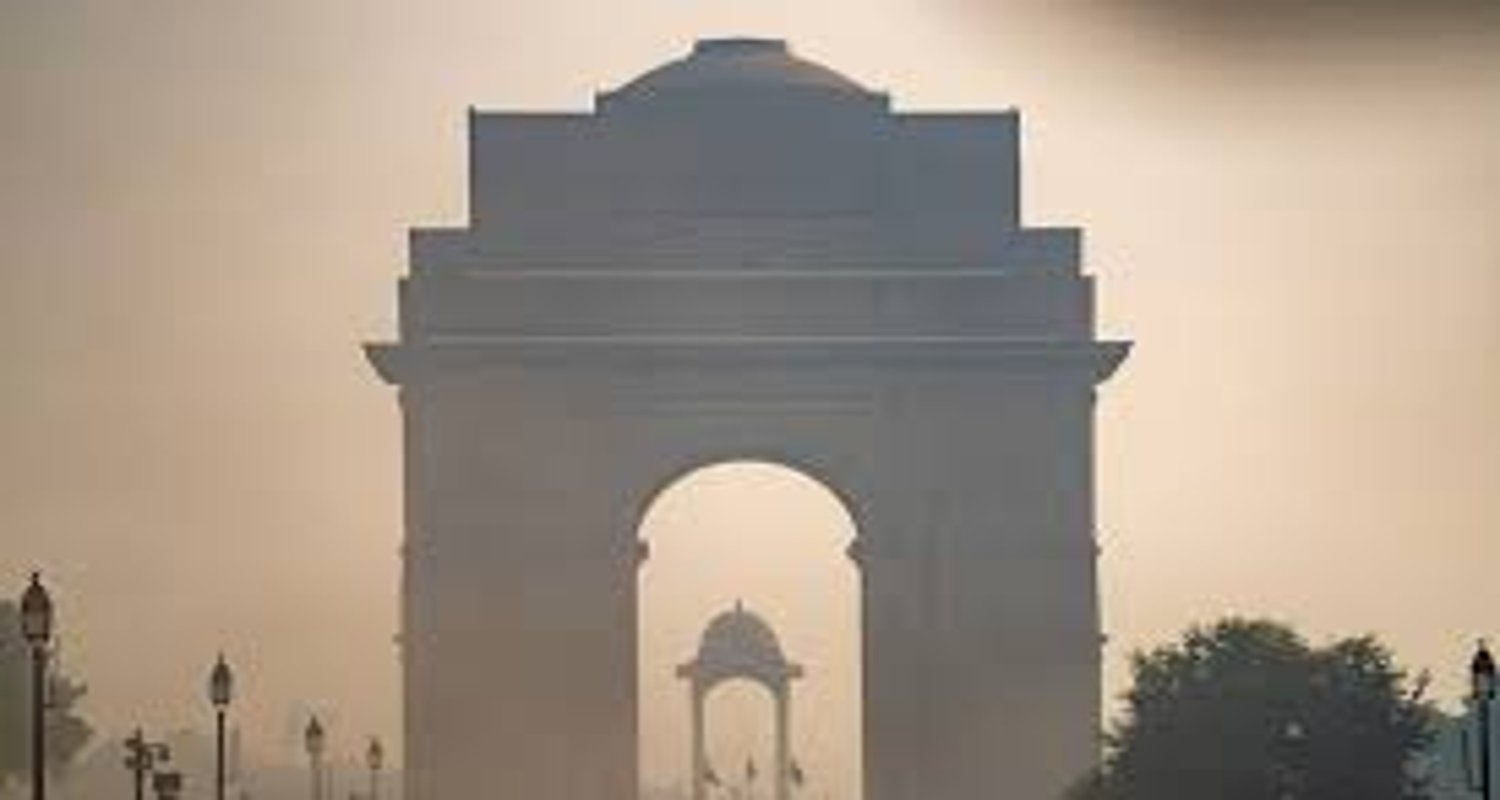Delhi’s Air Pollution Crisis Demands Urgent Action
by GovernBetter Desk | 6 min read
DelhiAQI
AirPollution
Delhi battles hazardous air pollution, risking public health and the environment

Delhi’s air pollution crisis has become an annual public health emergency, with hazardous Air Quality Index (AQI) levels persisting for four to five months each year. The city’s residents, particularly children, the elderly, and those with pre-existing health conditions, are subjected to prolonged exposure to toxic air, leading to severe respiratory illnesses and long-term health risks. Despite years of interventions and regulatory frameworks, the problem persists, raising critical questions about policy effectiveness, implementation gaps, and the way forward.
The Impact of High AQI on Public Health
The National Environmental Health Profile Study has been commissioned to assess the impact of air pollution on human health in Delhi and 19 other cities across India. The findings are expected to highlight:
-
Lung Damage & Respiratory Diseases – High levels of PM2.5 and PM10 are linked to chronic bronchitis, asthma, and reduced lung function, particularly among children and outdoor workers.
-
Cardiovascular Risks – Long-term exposure to pollutants like NO₂, CO, and SO₂ increases the risk of hypertension, stroke, and heart disease.
-
Blood Chemistry Disruptions – Studies suggest air pollution alters blood composition, leading to inflammation and increased clotting risks, exacerbating cardiovascular conditions.
-
Cognitive and Developmental Issues – Prolonged exposure to high AQI levels has been associated with neurodevelopmental delays in children and cognitive decline in the elderly.
The Central Pollution Control Board (CPCB) monitors AQI levels and provides a daily bulletin for 289 cities through its website and the SAMEER app. However, while monitoring has improved, on-ground pollution mitigation remains inadequate. Often, the continuous air quality monitoring stations are offline/under maintenance or the recorded data is not updated live on the portal (Central Control Room for Air Quality Management - Delhi NCR).
Government Interventions: Where Do We Stand?
The Commission for Air Quality Management (CAQM) in NCR and Adjoining Areas has developed a comprehensive policy outlining sector-specific action points, quantifiable targets, and implementation roadmaps. Some key measures include:
-
Graded Response Action Plan (GRAP)
A framework that triggers emergency measures based on AQI levels, including:
-
Restricting industrial emissions and construction activities during peak pollution months.
-
Banning diesel generator (DG) sets during severe pollution days.
-
Enhancing vehicle emission control measures.
GRAP is enforced in Delhi-NCR during winter months when pollution spikes due to stubble burning, vehicular emissions, and adverse meteorological conditions.
-
Regulatory and Inspection Mechanisms
Several teams are deployed during high AQI periods to inspect:
-
Polluting industries and power plants.
-
Construction and demolition (C&D) sites.
-
DG sets and other high-emission sources.
Despite enforcement efforts, compliance remains inconsistent, with violations frequently observed across sectors.
-
Public Grievance Redressal System
The government has set up multiple public complaint mechanisms, including:
-
SAMEER App – For real-time reporting of pollution violations.
-
Email and social media channels – Direct engagement with regulatory authorities.
While these platforms have improved citizen participation, the speed and effectiveness of grievance resolution remain a challenge.
Progress in Air Quality Trends
There has been some progress in air quality improvement in Delhi:
The number of "Good to Moderate" AQI days increased from 110 in 2016 to 209 in 2024.
The number of "Poor to Severe" AQI days dropped from 244 in 2016 to 157 in 2024.
While these trends show some policy effectiveness, the pace of improvement remains too slow to mitigate the long-term health risks for Delhi’s residents.
The Way Forward: Policy Reforms and Governance Priorities
Despite policy efforts, air pollution continues to affect millions in the NCR region. The government must now focus on accelerated, technology-driven, and multi-stakeholder interventions:
-
Strengthening Industrial Regulations – Strict monitoring and enforcement of pollution limits on industries and thermal power plants.
-
Expanding Public Transport Infrastructure – Reducing dependence on private vehicles by investing in metro expansion, electric buses, and cycle-friendly urban planning.
-
Scaling Up Clean Energy Adoption – Phasing out coal-based power plants near NCR and incentivizing green energy adoption in residential and commercial sectors.
-
Enhancing Air Pollution Forecasting & Early Warnings – Utilizing AI-driven air quality models to enable real-time interventions.
-
Addressing Agricultural Stubble Burning – Subsidizing mechanized alternatives, promoting bio-decomposers, and strengthening farmer awareness programs.
-
Urban Greening Initiatives – Expanding tree cover, green corridors, and vertical gardens to improve urban air filtration.
Conclusion: A Call for Urgent and Coordinated Action
Delhi’s chronic air pollution crisis demands urgent, science-backed, and sustained policy action. While monitoring and regulatory frameworks have improved, implementation remains inconsistent, and public health continues to be at risk.
A coordinated effort involving central and state governments, industry leaders, urban planners, and citizens is critical to tackling this public health emergency. Without bold policy action and strict enforcement, Delhi risks entrenching air pollution as a permanent feature—with catastrophic health and environmental consequences for future generations.
Data:
Contact Us. We'd love to hear from you!

GovernBetter
An unconventional governance innovation lab, working at the intersection of policies, data and impact collaborating with governments, civil society, academia and international organization to strengthen democratic institutions, improve service delivery, and make public policy more transparent, inclusive, and effective with specific focus on emerging technologies.
Quick Links
Copyright © GovernBetter 2025